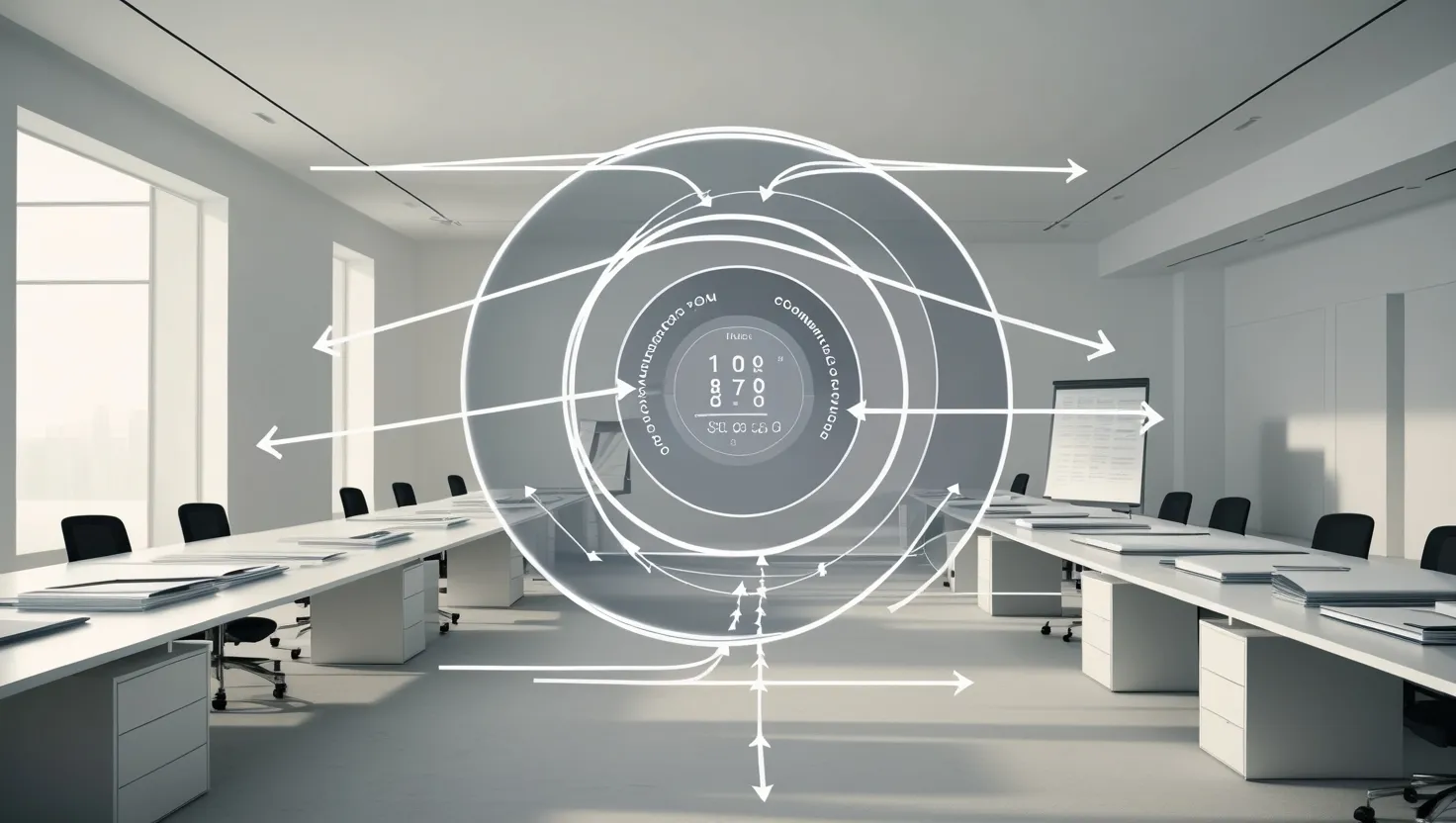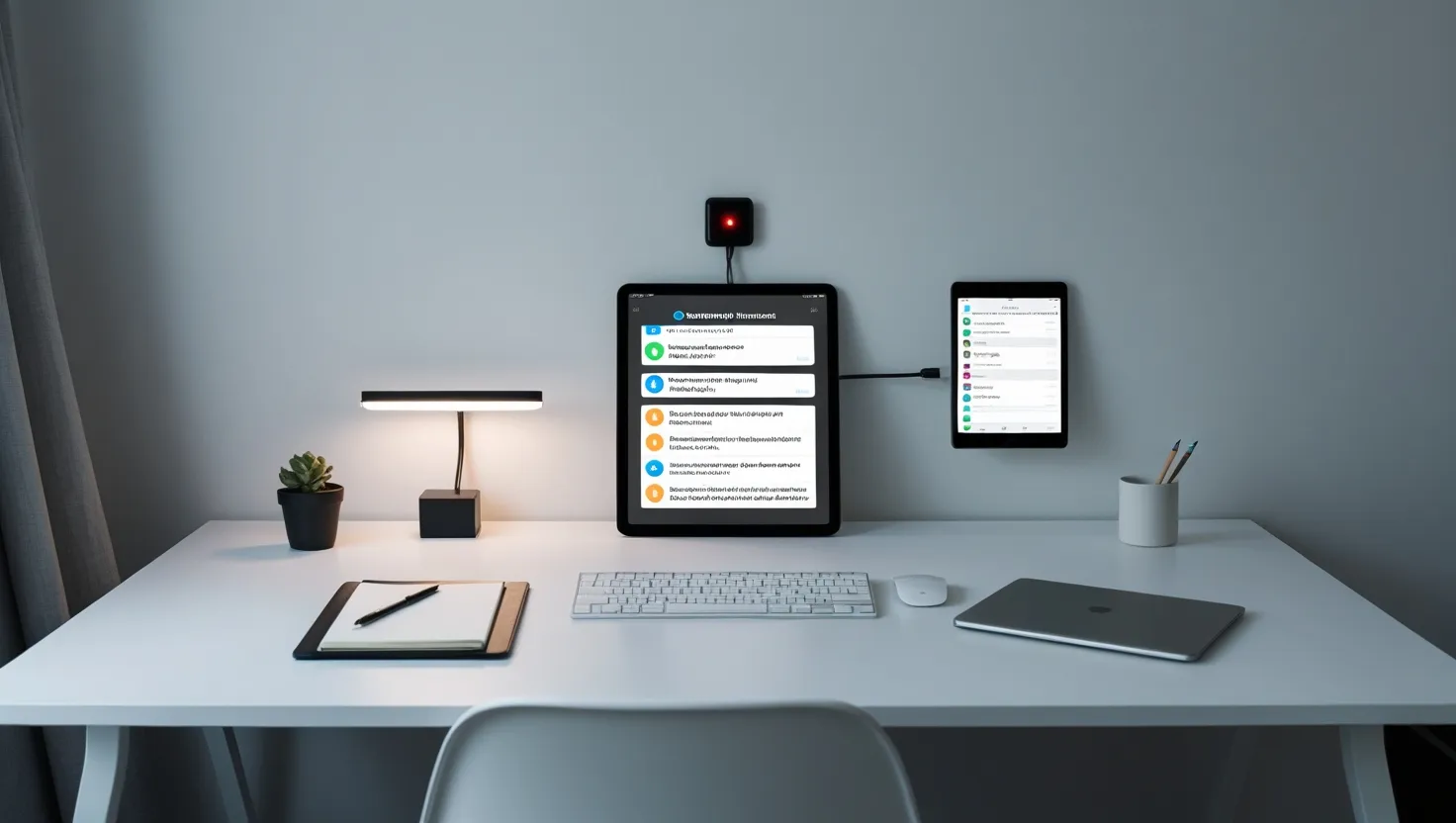Communication is the lifeblood of any successful team. Without effective workflows to manage how information flows, even the most talented groups can falter. I’ve seen firsthand how implementing smart communication systems can transform a team’s productivity and morale. Let’s explore some key strategies that can take your team’s collaboration to the next level.
Email overload is a common productivity killer. To combat this, we need to establish clear guidelines around email usage. Set expectations for response times - perhaps 24 hours for most messages, with a separate process for truly urgent matters. Create email templates for common types of messages to save time and ensure consistency. A simple labeling system using categories like “Urgent”, “For Review”, and “FYI” can help recipients quickly assess priority.
“The single biggest problem in communication is the illusion that it has taken place.” - George Bernard Shaw
This quote highlights why we need intentional systems, not just assumptions. For meetings, structure is key. Open every gathering by clearly stating objectives. Use a visible timer to keep discussions focused and on track. Close by assigning clear action items with owners and due dates. This framework ensures meetings are purposeful, not time-wasters.
How often do your team’s meetings end with clear next steps and accountabilities?
Documentation is another critical area. Implement a centralized knowledge base with standardized formats for different types of documents. Create templates for recurring items like project briefs or status reports. Establish clear naming conventions so files are easy to find. The goal is to make information readily accessible, reducing duplicate work and confusion.
For status updates, design a streamlined process that provides clarity without creating communication overhead. Quick daily check-ins can highlight blockers or key updates. More detailed weekly reports can dive into metrics and milestones. The key is finding the right cadence - enough information to stay aligned, without drowning in updates.
“The most important thing in communication is hearing what isn’t said.” - Peter Drucker
This reminds us to create space for different types of feedback. Set up specific channels for urgent requests vs. general suggestions. This ensures time-sensitive issues get proper attention, while still capturing valuable ideas for improvement. Regular retrospectives or “lessons learned” sessions can surface insights that might otherwise go unspoken.
Task handoffs are a common point of friction. Establish clear protocols for transferring work between team members. Create checklists of required information and documentation to prevent gaps. A quick video call during handoff can often prevent misunderstandings that written communication alone might miss.
What’s your team’s process for ensuring smooth handoffs between members?
Even with the best systems, crises will arise. Design an escalation framework for urgent issues. Create response templates to guide clear communication under pressure. Designate specific points of contact for different types of emergencies. The goal is to have a playbook ready so you’re not scrambling when time is of the essence.
“To effectively communicate, we must realize that we are all different in the way we perceive the world and use this understanding as a guide to our communication with others.” - Tony Robbins
This quote underscores the importance of flexibility in our communication workflows. While standardized processes are valuable, we must also recognize that different team members may have different needs or preferences. Build in options for personalization where possible.
I’ve found that implementing even a few of these strategies can have a dramatic impact on a team’s effectiveness. Start small - perhaps by tackling email overload or meeting structure. Get feedback, iterate, and gradually expand your communication workflows. The key is consistency and buy-in from the whole team.
Remember, the goal of these systems isn’t to create rigid bureaucracy. It’s to reduce friction and cognitive load, freeing up mental energy for the work that really matters. When information flows smoothly, creativity and innovation can flourish.
What area of your team’s communication do you think could benefit most from improved workflows?
By continually refining how we share information and collaborate, we can unlock new levels of productivity and satisfaction. The most successful teams I’ve worked with treat communication as a core competency to be constantly honed and improved.
Ultimately, great communication workflows are about empowering your team. They provide the structure and clarity needed to work autonomously, while ensuring everyone stays aligned on key priorities and information. When implemented thoughtfully, these systems don’t constrain - they liberate.
So take a hard look at how information flows in your team. Where are the bottlenecks? The points of confusion or duplication? Start there, and begin building intentional processes to smooth out those rough edges. Your team’s productivity - and sanity - will thank you.
“The art of communication is the language of leadership.” - James Humes
This final quote reminds us that as leaders, how we shape our team’s communication is one of our most important responsibilities. By thoughtfully designing workflows that enable clear, efficient collaboration, we set the foundation for our team’s success. So let’s commit to making communication a true art form within our organizations.






